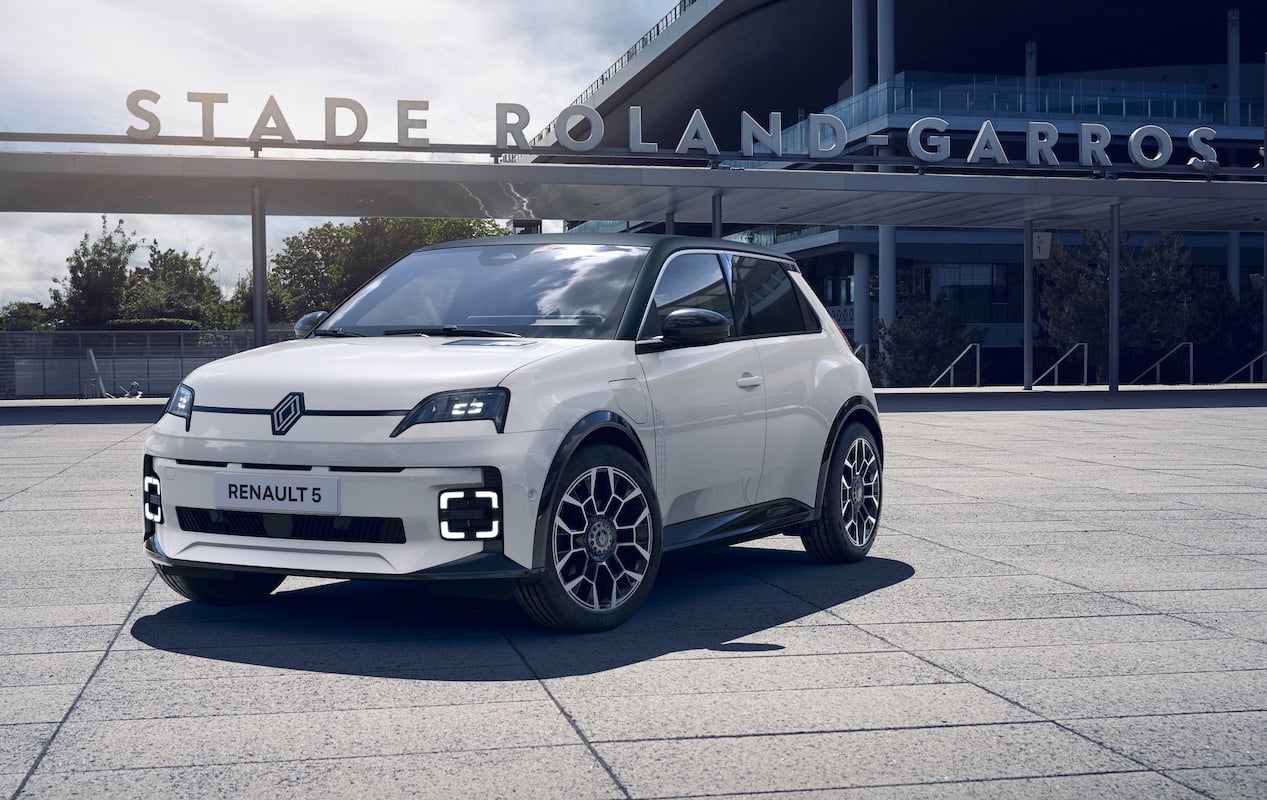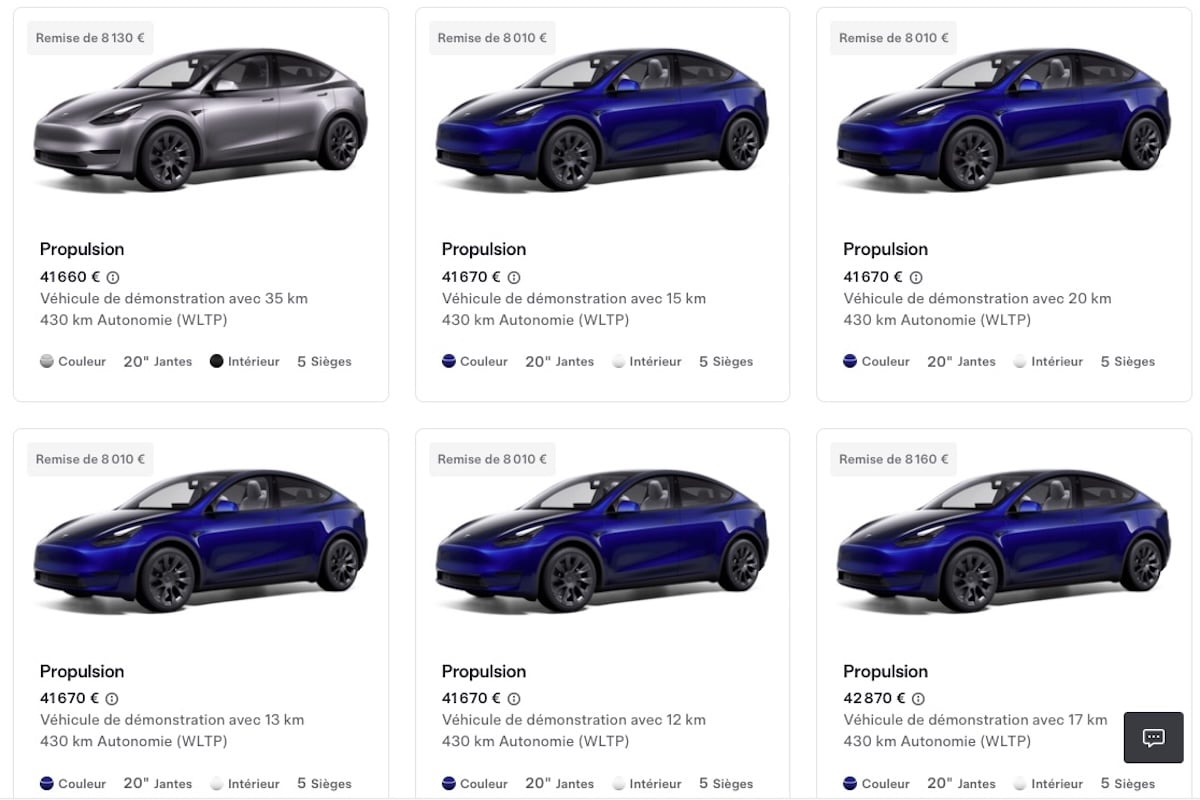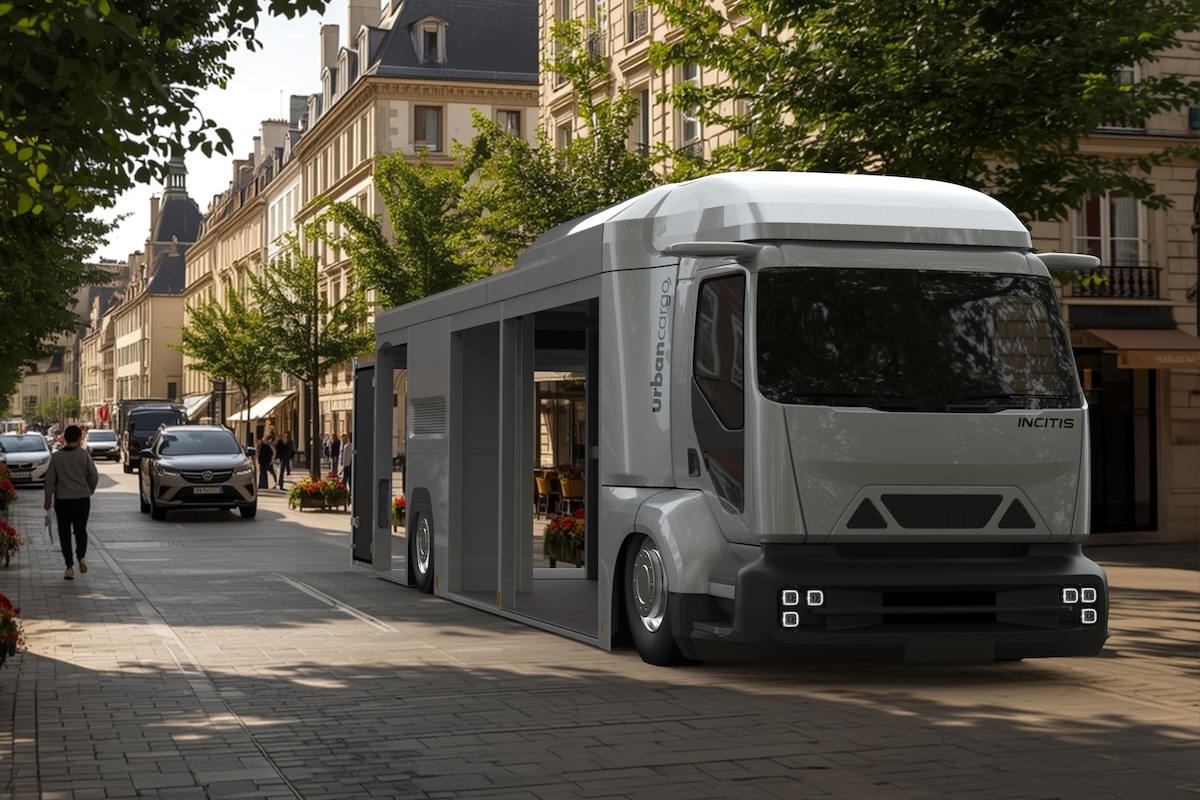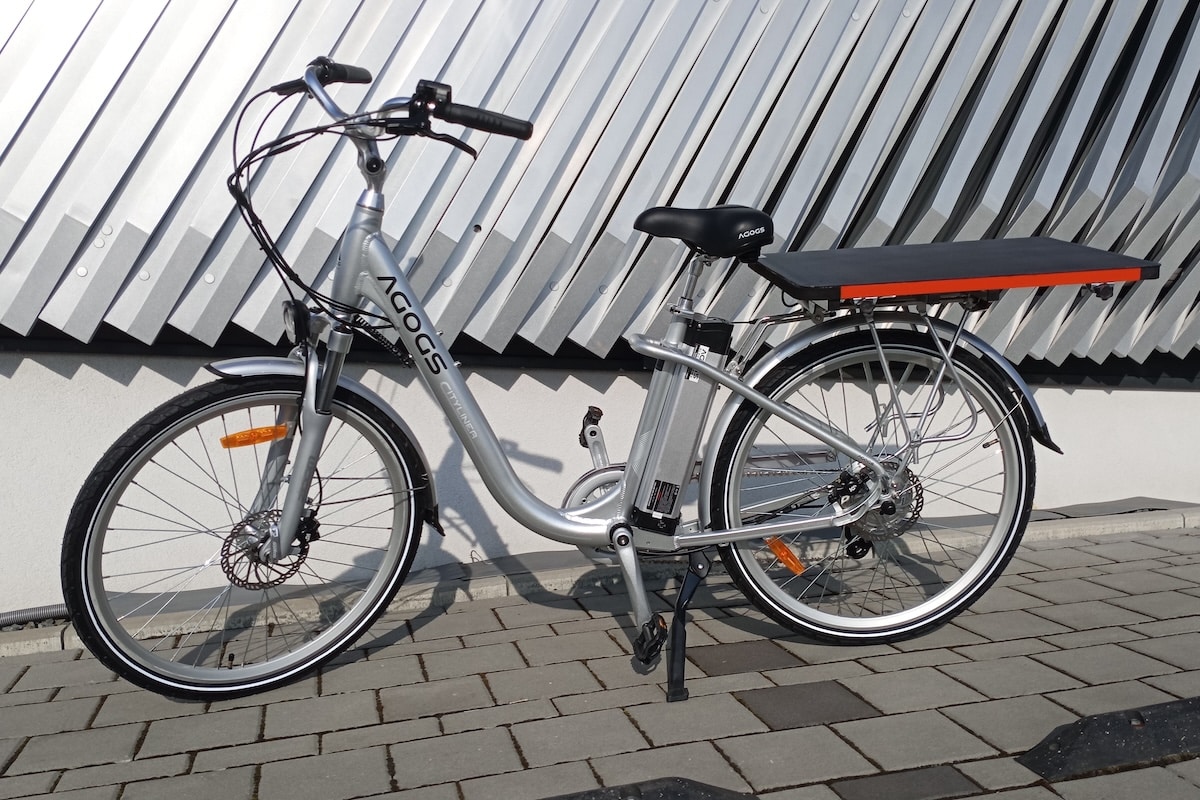Is the Tesla Model Y Already Obsolete?
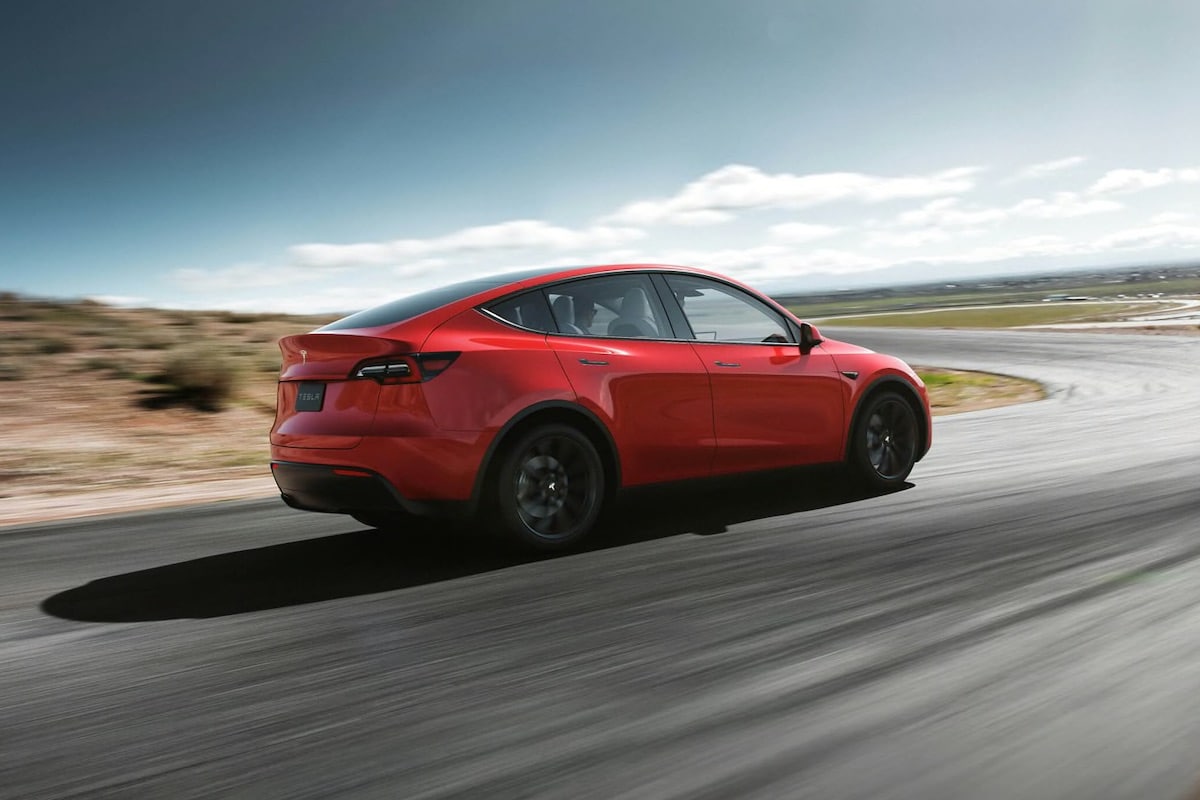
The presentation of the new Tesla Model 3 naturally raises the question of its positioning relative to the Model Y.
Before judging, take the time to compare Tesla’s two flagship models to understand what might sway a buyer from one to the other.
WARNING SPOILER! While the two models look similar, it’s simply because they share the same technical platform. Yes, 75% of the components are identical between a Model 3 and a Model Y. Despite their many similarities in lines, interior design, and features, there are of course some notable differences between the two. Elon Musk, though known for being an eccentric, remains a brilliant businessman and a visionary who would not have bothered producing two identical cars out of pure whim.
In terms of design, the kinship is obvious, but at first glance, you can distinguish the Model 3 sedan from the Model Y SUV. Black plastic wheel arches, anti-scratch additions on the doors and windows—and that’s it! The Model Y is a crossover, mainly designed for city driving, but the effect is successful. It should be noted that the new Model 3 takes after the front bumper design of the Model Y, further reinforcing this kinship.


The Tesla Model Y measures 4.75 meters long, 1.92 meters wide, and 1.62 meters high. Essentially, a Model 3 with a higher stance, as it is 5.58 cm longer, 7.1 cm wider, and 18 cm taller. Inside, this is immediately noticeable with greater interior space. All parents, golfers, hikers, and cyclists will have noted the presence of a tailgate on the Model Y. This allows for a cargo volume of over 1,900 liters with rear seats folded, compared to 420 liters for the trunk of the Model 3 alone.
The match seems to be decided since the two cars do not target the same audience. Yes… but No!
How many Model Y users have already folded the rear seats to maximize cargo space? Likewise, how many Model 3 drivers have filled the already spacious trunk more than once a year? In the city, how many Model 3 drivers have scratched their wings and regretted not driving an SUV with bump protection at that moment? Larger and higher, the Model Y provides a more comfortable driving position, but do a few centimeters of visibility make a difference on the highway? Larger, the Model Y is logically heavier and offers increased aerodynamics, leading to higher consumption.
We could spend the entire day weighing pros and cons, so here is the ultimate argument.
The base rear-wheel-drive Model Y is listed at 45,990 euros before any bonuses, versus 42,990 euros for the new Model 3. An extra 3,000 euros for the Y for 48 km less range and 1 second longer to reach 100 km/h. That’s quite costly per additional trunk liter.
A shift will inevitably occur from the Model Y to the Model 3, at least due to the appeal of newness, but that doesn’t necessarily mean the Tesla SUV is doomed. The Tesla Model 3 offers a slight edge in performance and range compared to the Tesla Model Y, but that doesn’t mean the Model Y is slow. The on-paper numbers don’t always match what you feel under the right foot. However, why buy a Model Y today knowing it will soon evolve like its cousin, the Model 3? Take a look at the promotions on Tesla’s website, and you’ll find your answer: Tesla configured offers.
This page is translated from the original post "La Tesla Model Y est-elle déjà désuète ?" in French.
We also suggestthese articles:
Also read
